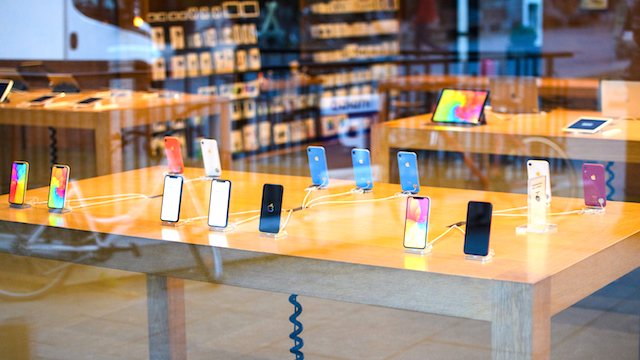Southeast Asian smartphone sales rose last year, bucking the global trend, according to new data from market research house GFK.
Sales in the region rose by 1 per cent last year to US$23 billion, amidst a 2-per-cent decline internationally, as global consumers tended to hold onto their phones longer. Around 97 million devices were purchased in Southeast Asia.
Growth was particularly high in Malaysia, Singapore and Thailand, with Thai consumption showing a significantly higher value over volume growth, at 13 versus 6 per cent. The Philippines saw slightly more conservative growth, while Vietnam and Indonesia were the only Southeast Asian smartphone sales markets showing moderate decline.
“Over the years, consumers in the region have always been showing keen interest when it comes to mobile handsets, with many owning more than one set or changing their smartphone frequently,” said GFK associate director Alexander Dehmel. “It should be highlighted that the higher value over volume growth recorded in the Southeast Asian smartphone market indicates that consumers are upgrading their devices – a trend that has been observed in recent years.”
Another recent GFK report showed 64 per cent of respondents in Indonesia believe their smartphone/tablet is their most important online shopping tool. More than half (58 per cent) said they prefer to use their mobile device to pay for transactions.
Consumers are also tending to buy phones with better cameras and more on-board storage to accommodate more media.
With the launch of Singapore’s high-speed 5G network expected for this year, the market is likely to be influenced by multiple promotions around new 5G smartphone models.
“Under normal circumstances, we would expect to see market performance in the region continuing its upward trend with even bigger and better phones being launched to satisfy consumers’ insatiable appetite for new devices,” said Dehmel.
However, he said the COVID-19 situation will temporarily affect Southeast Asian smartphone sales, and even global sales. “The impact of the coronavirus on global supply chains and production capacities along with weaker demand is likely to slow but not stop the growth of the category in Southeast Asia.”






